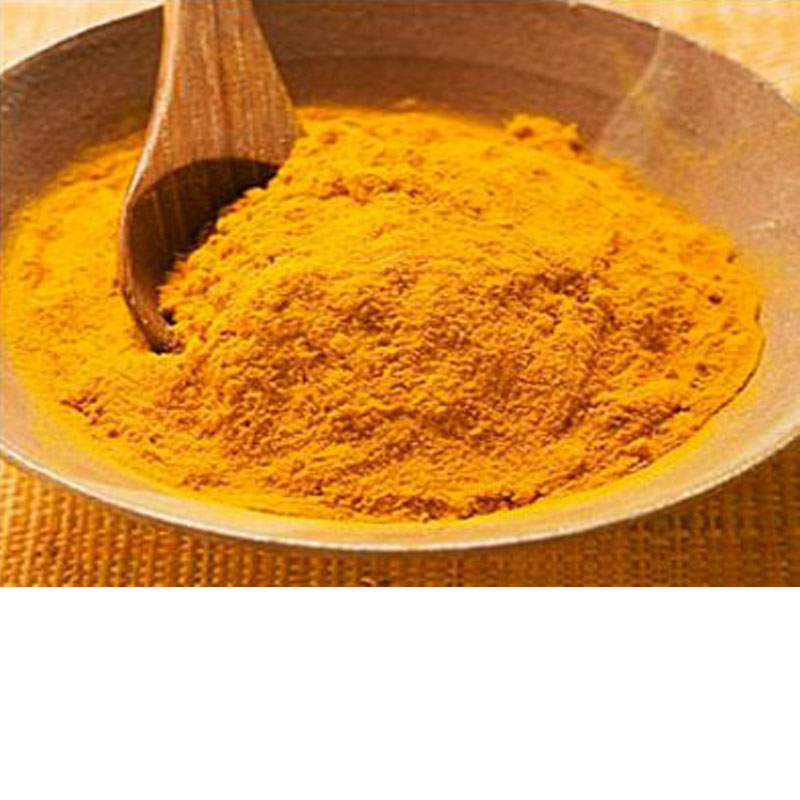- No. 268 Xianghe Street, Economic Development Zone of Xingtai city, Hebei 054001 China
- Byron@hbhongri.cn
Versatile Paprika Blend for Delicious Culinary Creations and Flavor Boosting
The Versatile Flavor of Paprika Seasoning
Paprika is more than just a vibrant red spice; it is a seasoning that carries a rich history, diverse applications, and a myriad of health benefits. Derived from grinding the dried fruits of bell and chili peppers, paprika belongs to the Capsicum annuum family and is emblematic of various culinary traditions, particularly Hungarian and Spanish cuisines.
A Rich History
Paprika has a storied past that dates back centuries. While the Capsicum plants originated in the Americas, paprika made its way to Europe after Christopher Columbus's voyages in the late 15th century. Hungary embraced the spice wholeheartedly, and over the years, it became a staple in Hungarian kitchens. In Hungary, paprika is celebrated with such fervor that it has been designated a protected designation of origin (PDO) product. The country is renowned for its various grades of paprika, which range from sweet to hot, often distinguished by their vibrant colors and rich flavors.
Spain also has a deep-rooted love for paprika, particularly the smoked variety known as pimentón. Spanish paprika adds a distinctive flavor to dishes like chorizo and paella, giving them a unique depth that is hard to replicate. Each region contributes to the country’s paprika diversity, with varying levels of sweetness and smokiness that can elevate any dish.
Culinary Applications
Paprika’s culinary uses are as diverse as its origins. It is commonly used to season meats, stews, and soups, lending them an appealing color and a warm, smoky flavor. One of the most famous dishes showcasing paprika is Hungary's goulash, a hearty stew of meat and vegetables. The seasoning creates a beautiful ruby red hue and enhances the dish's overall taste profile.
paprika seasoning

In addition to meat dishes, paprika can be sprinkled onto roasted vegetables, blended into sauces, or used as a vibrant garnish for deviled eggs and potato salads. It pairs well with garlic, onion, and various herbs, making it an essential ingredient in many spice blends. Whether used in marinades, rubs, or simmering sauces, paprika’s versatility makes it a staple for both home cooks and professional chefs.
Health Benefits
In addition to its culinary prowess, paprika also boasts several health benefits. This spice is rich in antioxidants, particularly carotenoids, which help combat oxidative stress in the body. Antioxidants play a vital role in reducing inflammation and may even lower the risk of various chronic diseases. Furthermore, paprika contains vitamins A, C, and E, which support immune function and skin health.
Additionally, paprika has been linked to improved digestion. The compound capsaicin, present in some varieties, can enhance gastrointestinal function by promoting the production of digestive enzymes. This can lead to better nutrient absorption and overall gut health.
Conclusion
Paprika is far more than just a colorful addition to your spice cabinet; it is a seasoning steeped in history and culinary tradition. Its diverse applications and health benefits make it invaluable in the kitchen. Whether you're making a classic Hungarian goulash or experimenting with a new recipe, paprika can effortlessly enhance flavors and add depth to your dishes. So, next time you reach for that vibrant red spice, remember the rich heritage and versatility it brings to your culinary adventures. Embrace the warmth of paprika, and elevate your cooking to new heights!
-
Turmeric Rhizome Powder: A Golden Treasure from Roots to TableNewsJul.28,2025
-
The Versatile Application Of Crushed Red Hot Peppers: Lighting Up The Red Flames On The Dining TableNewsJul.28,2025
-
The Paprika: A Touch Of Vibrant Red In Color, Flavor, And CultureNewsJul.28,2025
-
Ground Turmeric: A Modern Examination of an Ancient SpiceNewsJul.28,2025
-
Capsicum Liquid Extract: Features, Applications, and ChallengesNewsJul.28,2025
-
Application of Capsicum Liquid Extract in FoodNewsJul.28,2025







